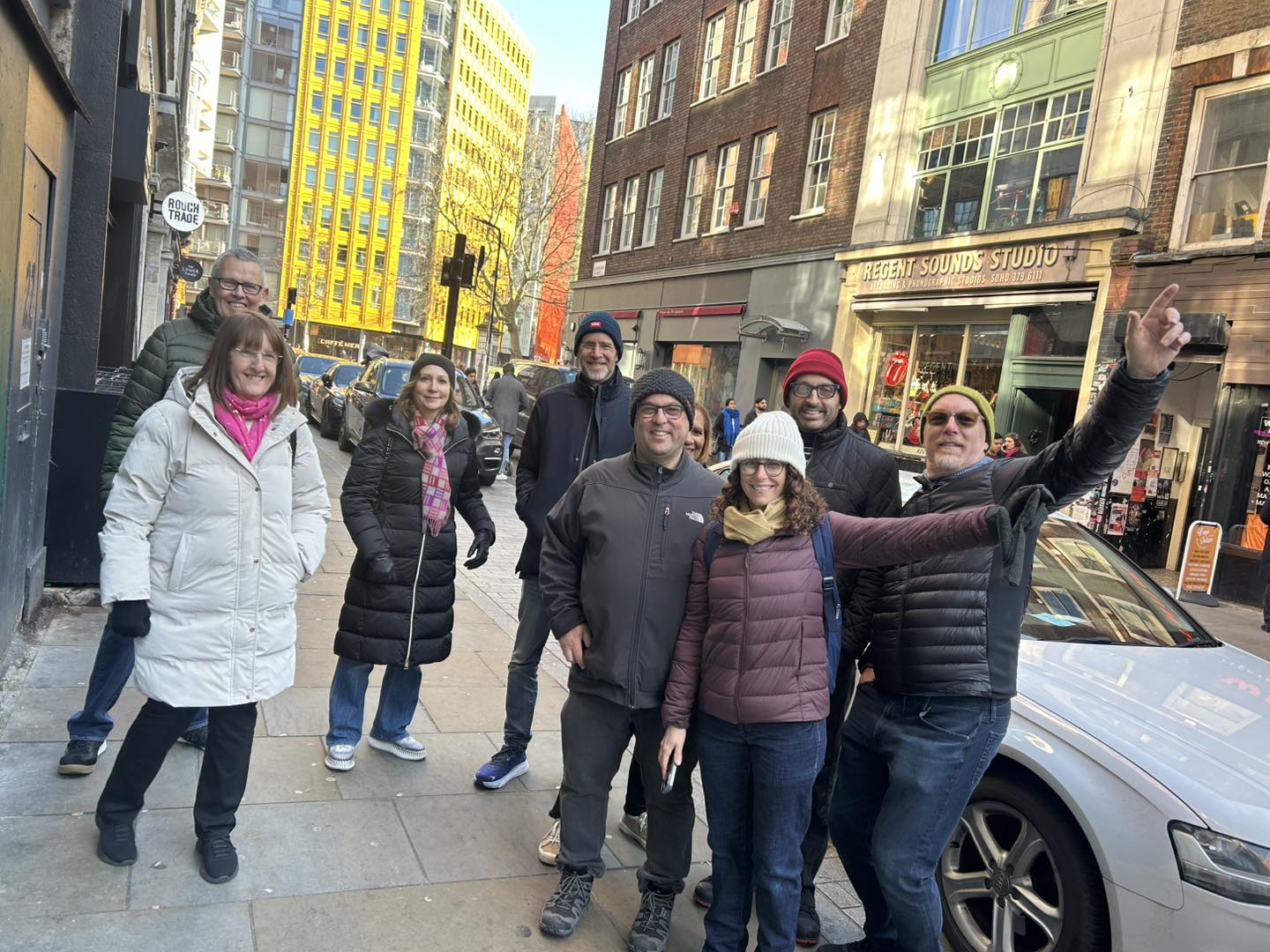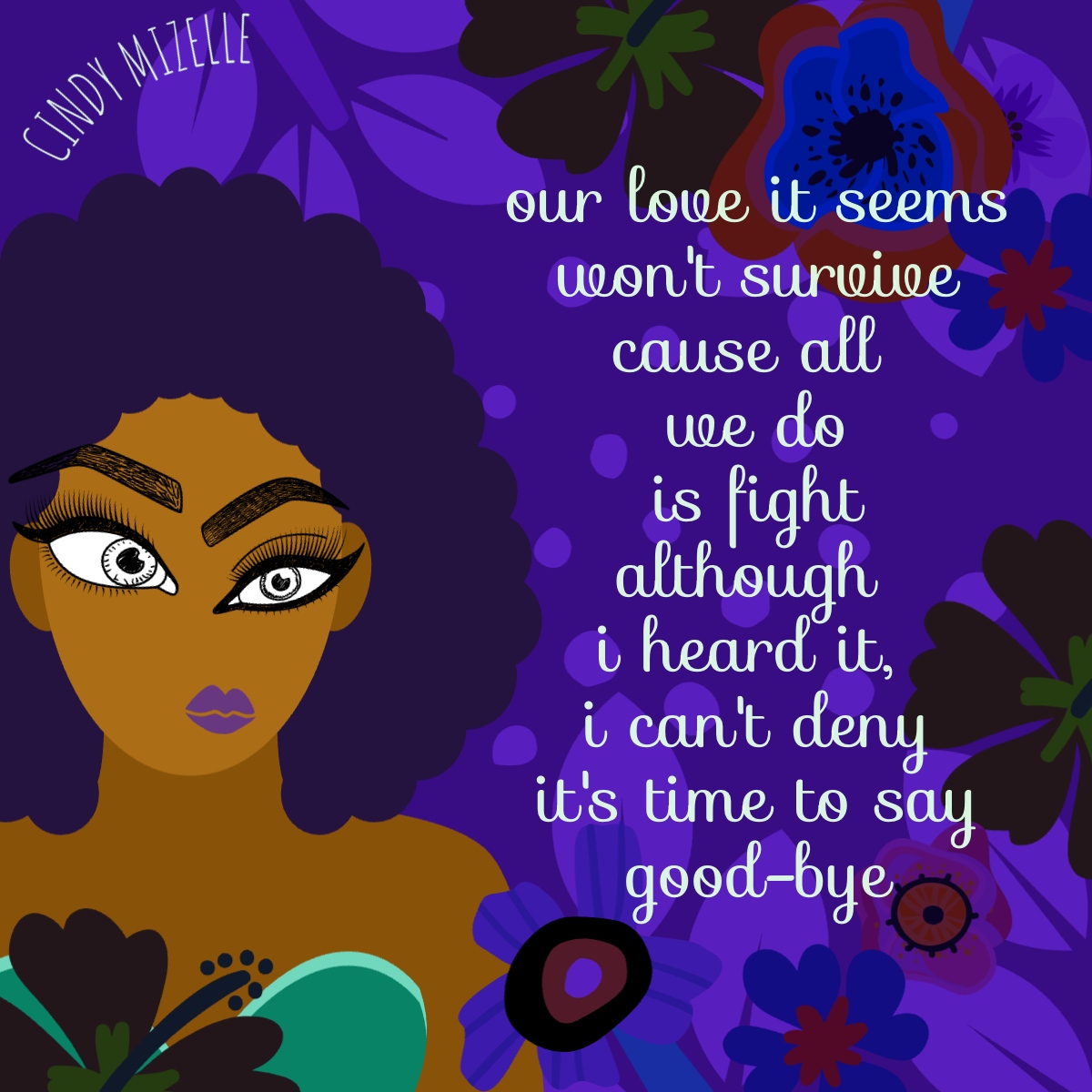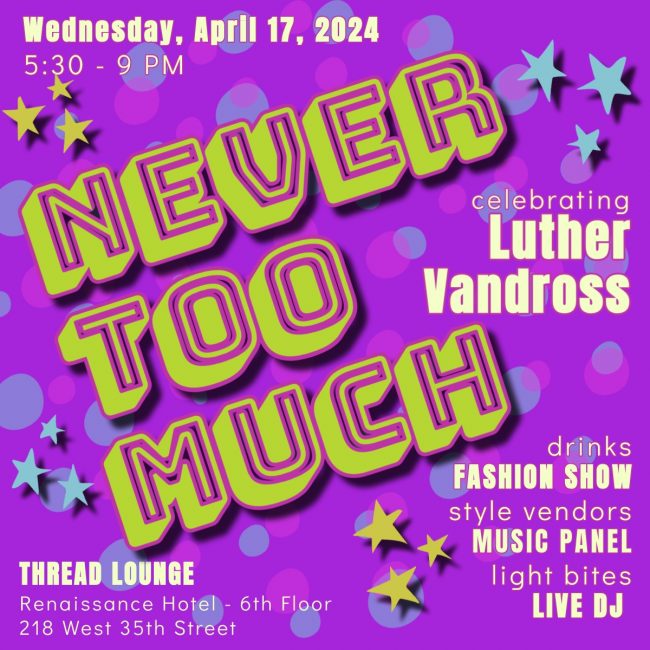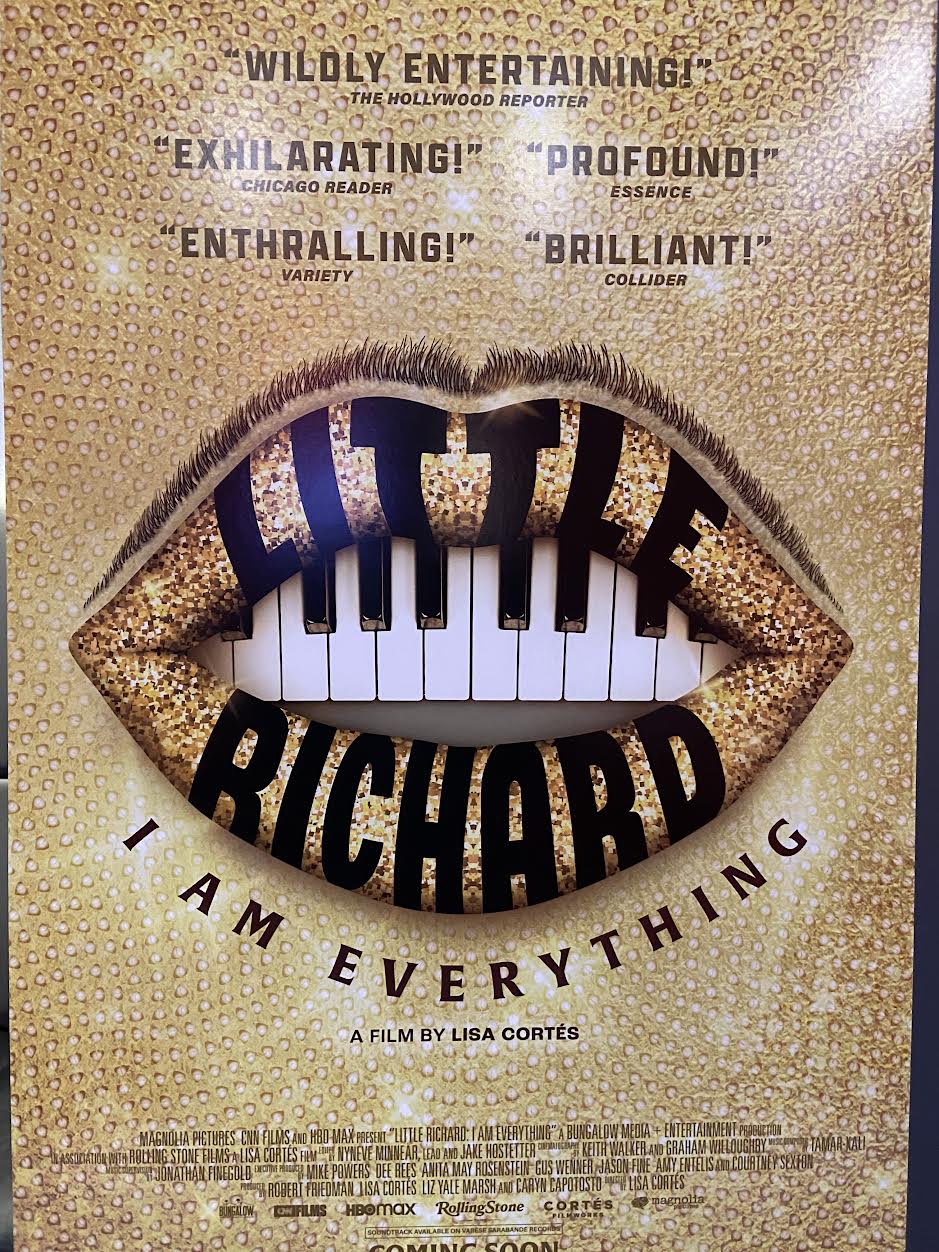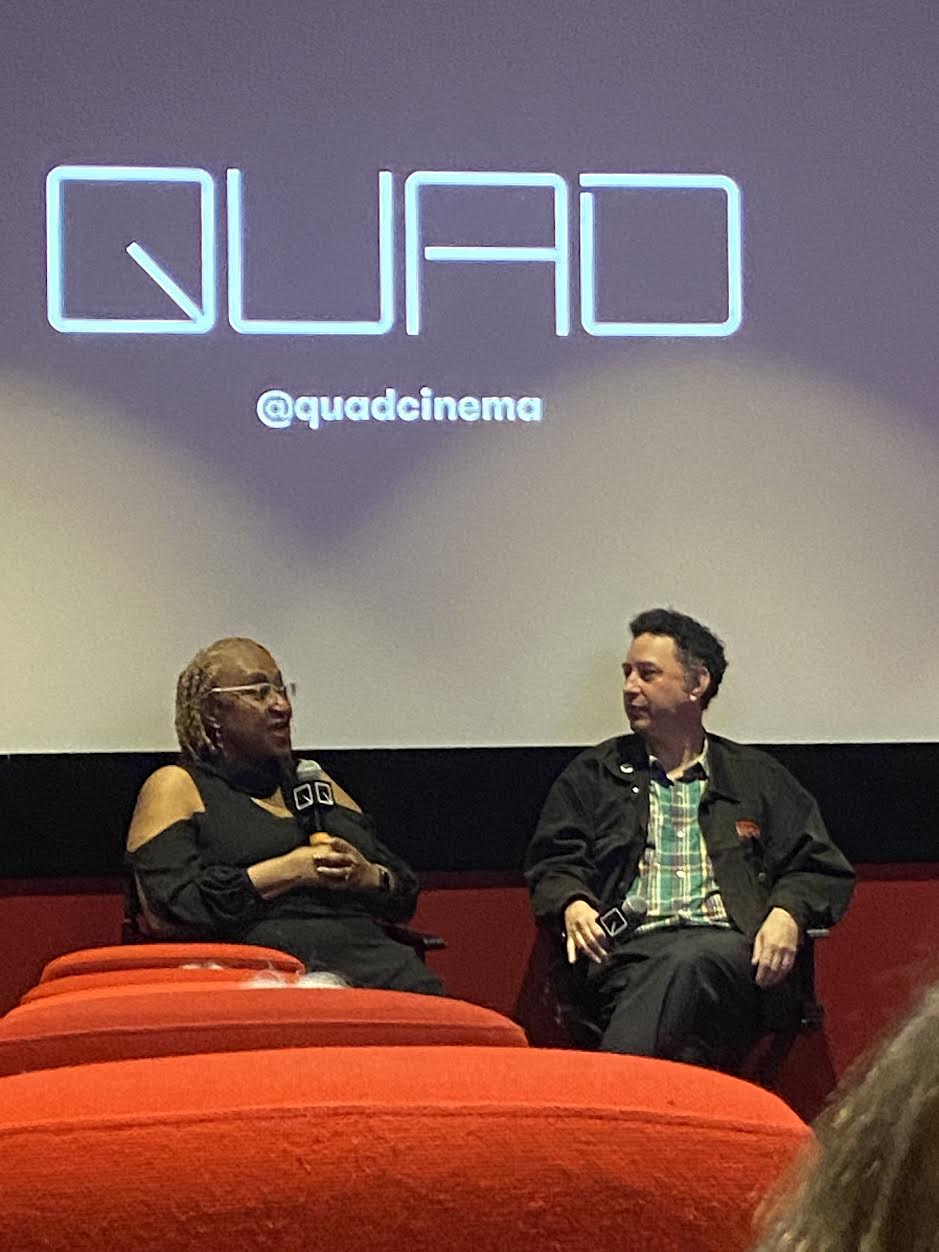We had a great time on the 2018 TripAdvisor award-winning ‘Traveler’s Choice music tour that celebrated London’s vibrant music history! Exploring the city that gave rise to legendary bands like The Beatles, The Rolling Stones, Bad Finger, and others was nothing short of magical.
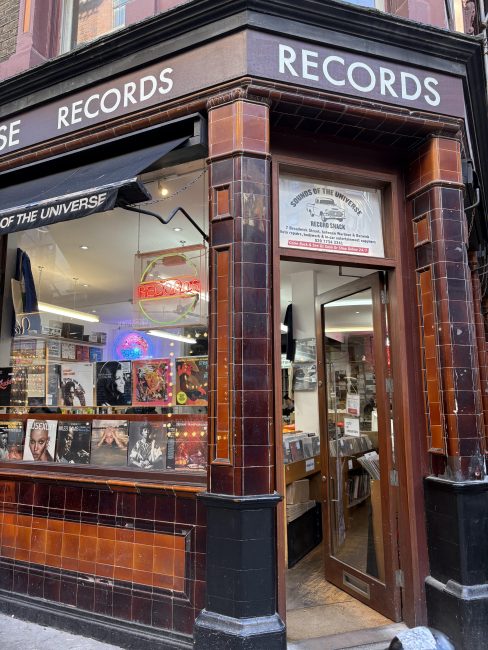
Our small group, full of rock music enthusiasm (I was the only one asking about the Spice Girls!), made stops at iconic locations—like the cozy Blues bar where Amy Winehouse poured her heart into her songwriting and cleared tables when she had writer’s block.
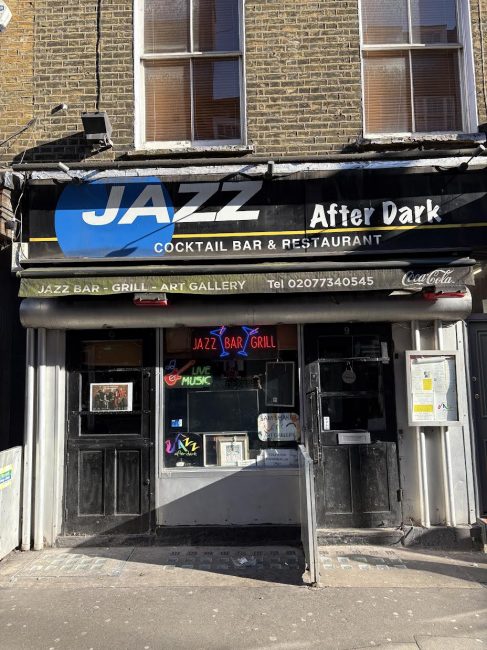
The energy in that space was palpable!
I created two Amy Winehouse sculptures using discarded water and soda bottles, yarn and Target bags (before they removed their Pride merchandise from store shelves and ended their DEI ( Diversity and Inclusion) program.
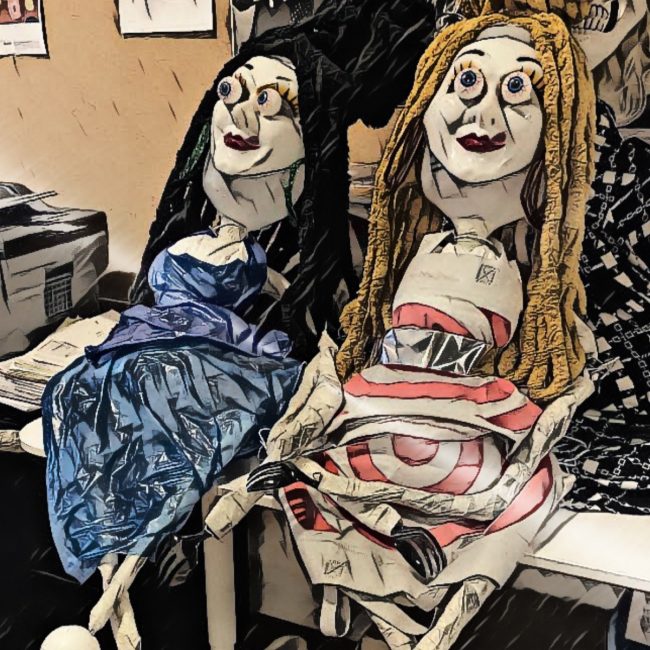
We also visited The Ships pub, where Jimi Hendrix once made a memorable exit (he vomitted outside the door) —such fun to think about the history that unfolded in these spots.
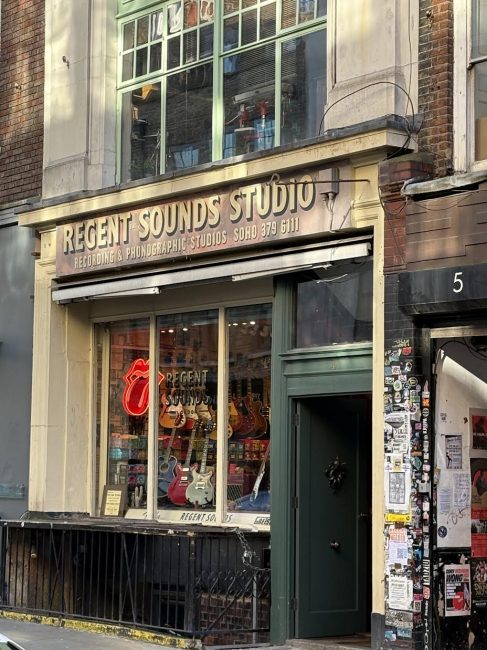
Did you know a JAMA Neurology study found a possible link between walking 10,000 steps per day and a reduced risk of developing cardiovascular disease, 13 types of cancer, stroke, and heart failure?
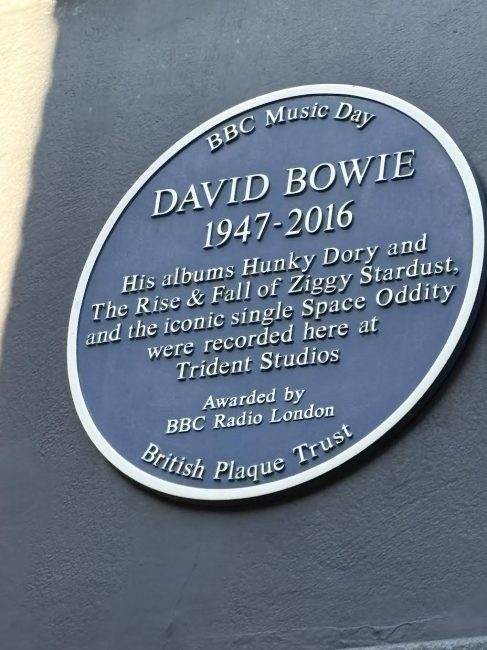
Our guide, Alan, a professional actor and musician, was simply fantastic! His passion for music and storytelling brought London’s rock ‘n’ roll scene alive.
FUN FACT: The original recording of the Beatle’s iconic song “Hey Jude” contains the F-bomb in the background. The Beatles decided to leave the word in the song.
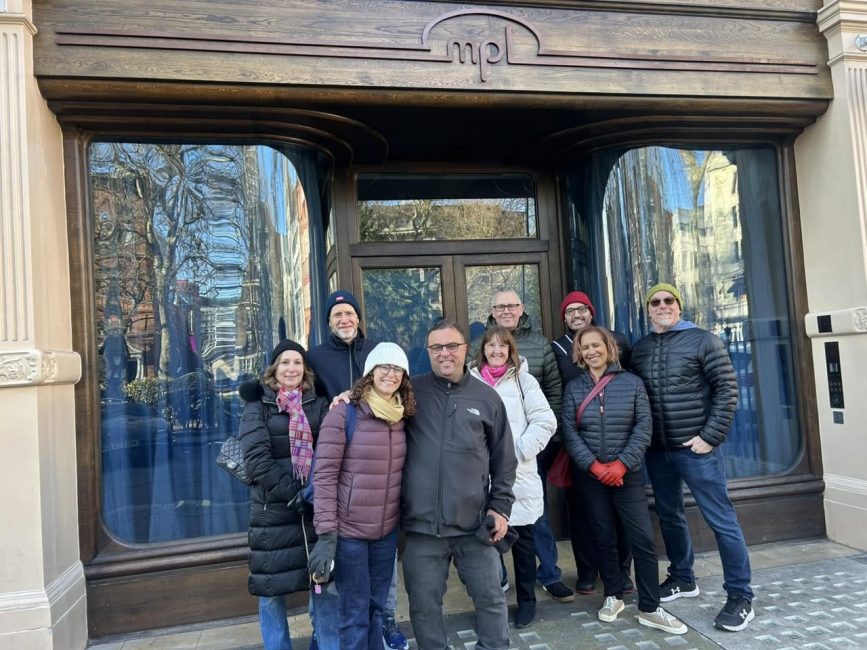
As we strolled through the bustling streets of Soho and Mayfair, we soaked up tales of musical greats like David Bowie, Ozzy and Sharon Osbourne and Elton John, feeling inspired by their legacies.
FUN FACT: You can hear a phone ringing at the end of Ziggy Stardust’s original “Life On Mars” recording. What’s strange about it is that the studio line was an unlisted number, so someone misdialed during the recording. The cost of recording tape was expensive; they didn’t re-record it.
We traveled down Canterbury Street, where Sharon Osbourne’s father, Don Arden‘s music management office was located and 3 Savile Row, where the Beatles performed an outdoor concert on the rooftop.
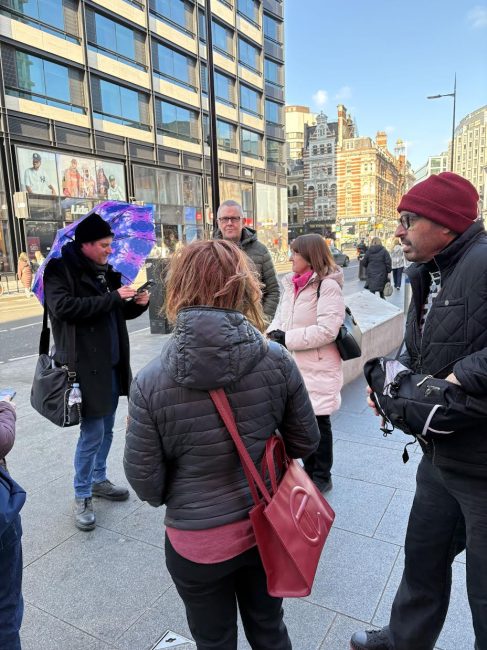
Walking at least 30 minutes most day of the week can help lower blood pressure. Walking also improves the body’s ability to use insulin, the hormone that lowers blood sugar.
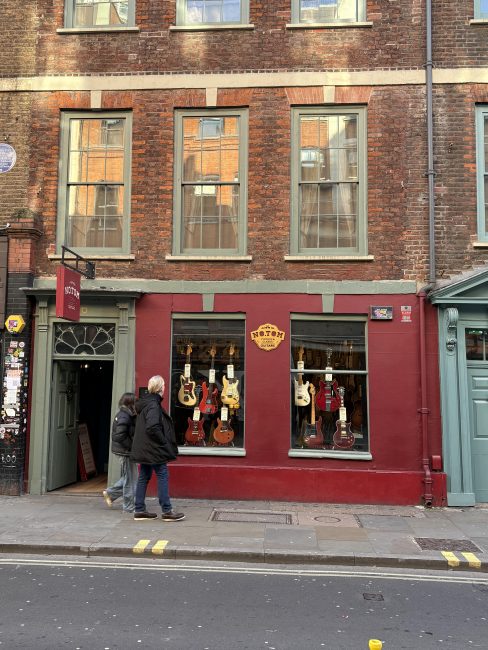
It was funny to think that just the night before, we had wandered these same streets in search of late-night food after enjoying The Devil Wears Prada musical starring Vanessa Williams.
The delightful discovery of following in the footsteps of music legends made our experience extra special!
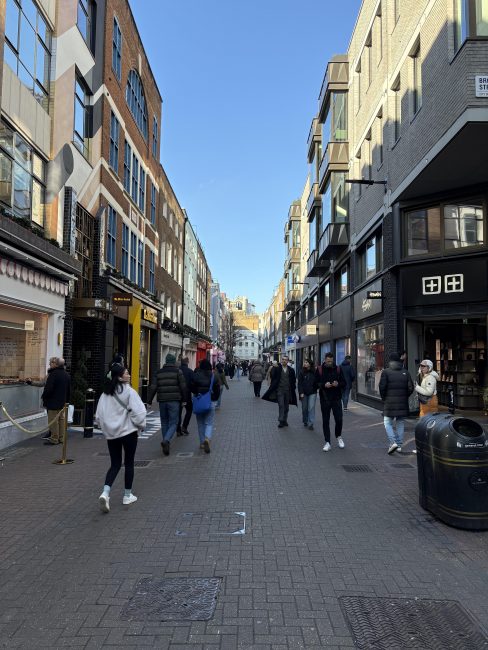
We visited the location of the Trident Studios, a British recording facility located at 17 St Anne’s Court in London’s Soho district between 1968 and 1981.
Queen recorded their first song there using the free studio time booked by Paul McCartney. We also visited Regent Sound studios, first used to record jingles, then by bands like the Rolling Stones.


